SEARCH






|
|
|
|


by Editor Yan Zhang
Edited and published by Yvette Depaepe, the 25th of March
AiCUS, an AI photography evaluation system developed by DeepMountain (https://deepmountain.com.au), was officially launched on 1x.com.
From now on, the majority of 1x users will have the opportunity to view AiCUS's AI evaluation of their photography works.
However, the AI evalutation is just an extra feedback for our photographes and not at all part of the actual decision-making in curation.
'Actinotus Forsythii' by Yan Zhang
DeepMountain is the first company to develop an AI photography evaluation system with professional and practical performance, and 1x.com has also become the first international photography online gallery in the industry to use an AI curator.
In this article, I provide some general information about what an AI curator is and explain how AiCUS works on 1x.com.
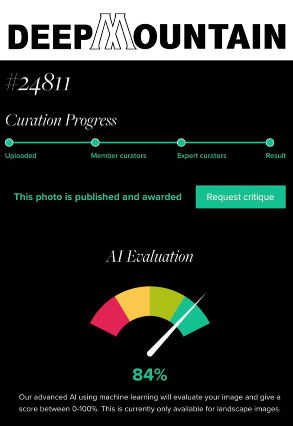
1x.com launched DeepMountain's AI curator system AiCUS.
HOW DOES AI EVALUATE A PHOTO?
Teaching AI to “see” an image
How does AI evaluate a photo? Well, to answer this question, we first need to know how AI “sees” (recognises) a photo. The core technology of modern AI image recognition is Deep Convolutional Neural Network (DCNN). In general, a convolutional neural network (CNN) can be depicted by the following diagram.

A CNN structure (source: cs231n.github.io).
The left is a regular 3-layer neural network, which is the basic component of a CNN. The right shows that a convolution net (ConvNet) – a module of layers, arranges its neurons in 3-dimension (width, height, depth), as visualised in one of the modules. Then information of the input image is represented by these 3D ConvNets.
In practice, a CNN may contain hundreds or even thousands of layers of depth, hence the name Deep CNN – DCNN. Such a DCNN can effectively learn a large amount of image data, and finally extract most import feature information from the repeated learning of the same type of images (such as human faces), so as to achieve the purpose of accurately identifying such image information.

These are facial features from simple to complex, generated by deep learning algorithms for face recognition (source: Lee, et al https://dl.acm.org/doi/10.1145/1553374.1553453).
Let us take the above face recognition as an example. Through learning, each module of DCNN gradually generates from simple to complex feature information about the face, such as eyebrows, eyes, nose, etc., and finally generates complete face feature information. With this feature information, DCNN can process a new input image to determine whether the image contains a face.
The training process of AI curator
Although using DCNN for image aesthetics assessment may seem quite different from the task of recognizing human faces, the basic principles are the same. Image Aesthetics Assessment (IAA) has been a hot topic in deep learning research since 2015. The basic idea can be described with the following diagram.

The structure of image aesthetics learning model based on DCNN.
In order for the DCNN model to learn our human photography aesthetics, we first need to have a large enough collection of photographs, such a collection contains as few as tens of thousands, as many as hundreds of thousands or even millions of photographs. Such data is then divided into two parts: one part for learning, called "training data", and another part for testing, called "test data". With "training data" and "testing data", we can alternately feed these data into the DCNN model – the training data tells the model which images are good, and which are not; and the test data passes the model's self-testing, to correct the bias and automatically adjust various parameters of the model.
This process is repeated until the DCNN model gradually establishes the photography aesthetic feature information close to human.
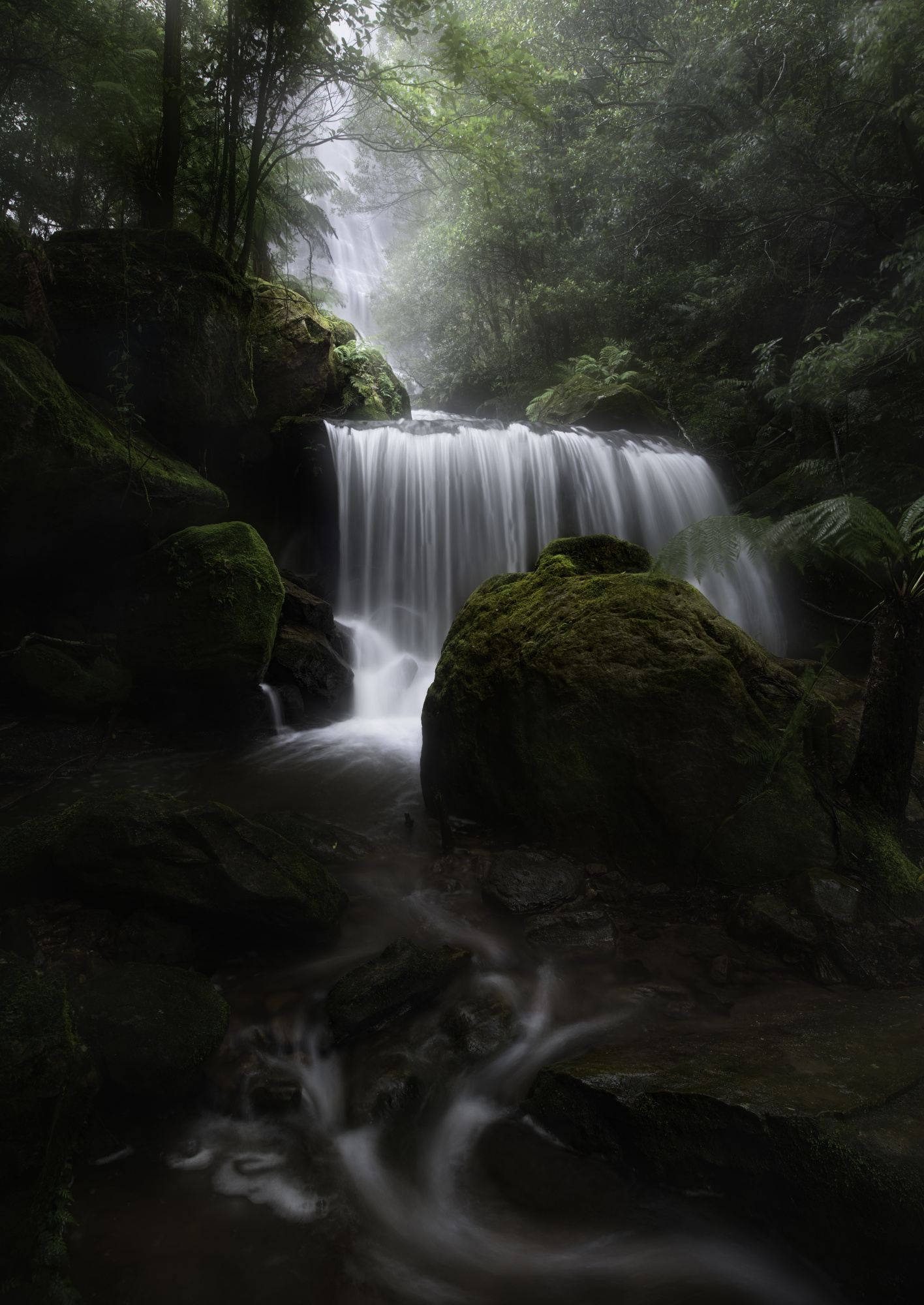
About photography dataset
Intuitively, we need a dataset of photographic images with both quantity and quality to train our DCNN model. At present, in the field of AI based IAA (Image Aesthetics Assessment) research, there is only one large-scale photography dataset, AVA (Aesthetics Visual Analysis Dataset), for researchers to develop IAA systems. AVA was jointly developed by two Spanish and French AI researchers in 2012 and contains 250,000 photographic images. AVA images are classified into "good" and "no good" categories, and this categorization is determined by popular ratings (an average of 100-200 popular votes per photo).
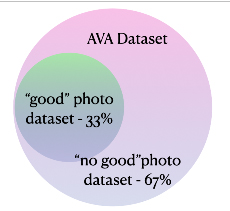
AVA Dataset, which Contains 250,000 photographic images, 33% are "good" images and 67% are "no-good" images.
However, the picture quality of AVA is not high. Due to the randomness and inconsistency of public image ratings, a large proportion of "good" photos, in the eyes of our professional photographers, are absolutely average photos, such as the following AVA high-rated images:
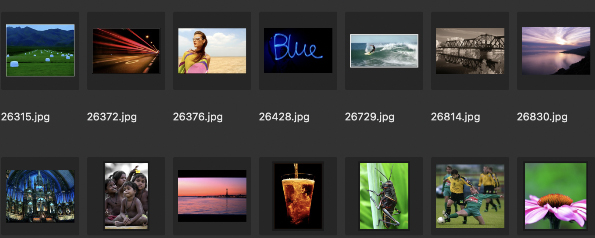
A set of images with high AVA ratings but ordinary aesthetic quality.
Obviously, with a common saying in machine learning: "Garbage in, garbage out", such a dataset cannot train a truly useful model.
In the past few years, altrhough many IAA systems have been developed, because they are all based on AVA, these systems and models cannot be used in practice, let alone for professional photography evaluation.
FEATURES OF AiCUS
To put is simply, AiCUS establishes its own photography aesthetic criteria through deep learning, so as to evaluate each input photo based on there criteria.

The AiCUS (Landscape) system has two major components - DCNN learning model and logical reasoning mechanism.
The DCNN model has a depth of more than 600 layers and contains 90 million parameters, which can be said to be a quite complex neural network architecture.
In our design, the DCNN learning model of AiCUS can independently evaluate the four aesthetic characteristics of a landscape image: global view, local view, compostions and color highlight, and then the logical reasoning mechanism of AiCUS gives the overall rating of the input image based on the four indicators. It should be noted that the current AI evaluation result showing on 1x.com is only a global view score. The complete AiCUS evaluation subdivision mechanism will be updated and launched in a few weeks.
AiCUS photography dataset
The dataset used by AiCUS is called CPD (Curated Photography Dataset), independently established by DeepMountains.
This Dataset is the most comprehensive and professional photographic image collection in the field of IAA research so far.
The current CPD image volume is close to 500.000 images, including 5 different photography categories. In addition to 1x.com's photos, the dataset also includes many other photos that have been professionally evaluated (such as international competitions, photography exhibitions, etc.), as well as representative works of hundreds of the best photographers in the contemporary world.
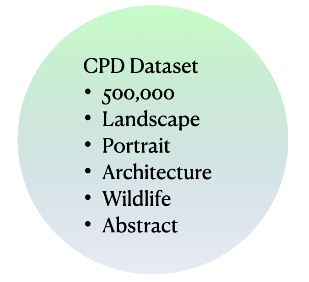
CPD is the most professional and biggest collection of photographic data in the field of IAA (Image Aesthetics Assessment) research so far.
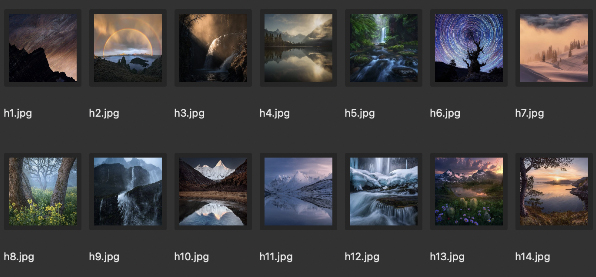
Some high quality CPD images.
AiCus learns four distinct aesthetic characteristics.
AiCUS uses independent DCNN models to learn four major aesthetic characteristics: global view, local view, composition and color highlight, respectively, so as to obtain the degree of influence of these factors on the aesthetics of a photo. Interestingly, after expensive experiments, AiCUS found that all these four characteristics play an important aesthetic role in a succesful (landscape) photo, with different degrees. Therefore, base on the underlying DCNN learning model, we also designed an AI logical reasoning mechanism, so that AiCUS can effectively and rationally reason about these four aesthetic standards it has learned when making a final evaluation of a photo.
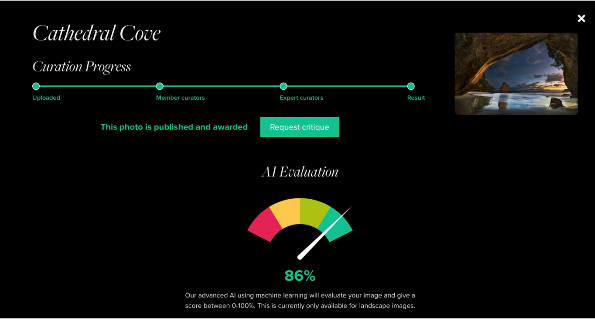
AI curator on 1x.com.
AiCUS LEARNING NEVER ENDS
AI photo evalutation is a new concept for the photography industry. It is the fusion of AI technology and photography art. Everything is being explored, and DeepMountain and 1x.com are at the forefront of this exploration.
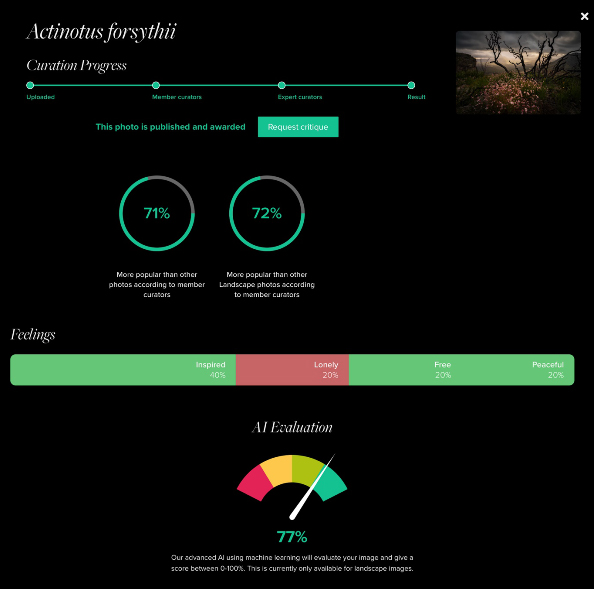
AiCUS, currently running on 1x.com, has no substitute for the work of the human curators, and the award, publication or rejection of a photo is not tied to its AI score. As mentioned earlier, AiCUS currently only includes global view assessment in landscape photography. However, the upcoming AiCUS update will add evaluation functions for four new categories of photographs: portrait, architecture, wildlife and abstraction.
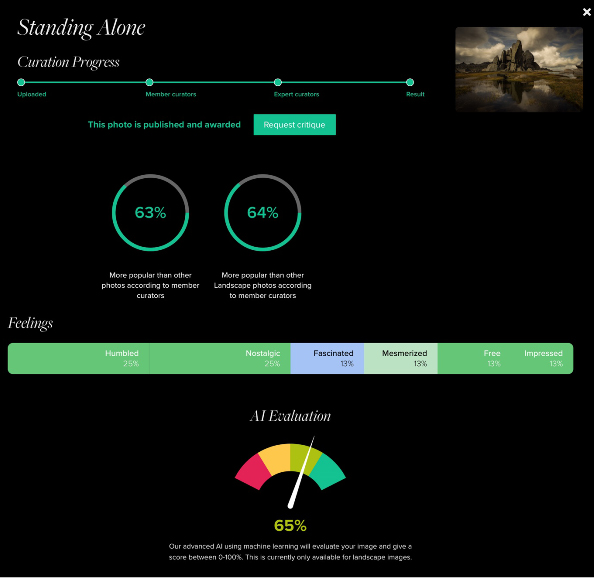
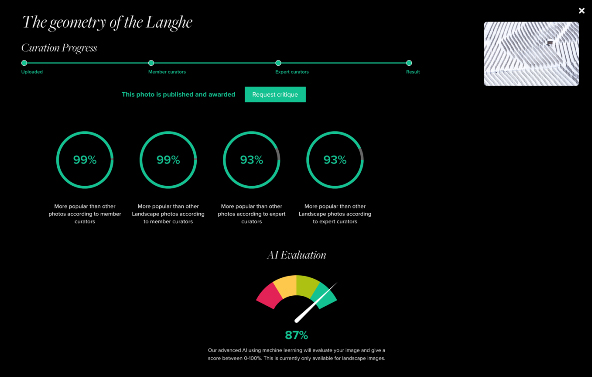
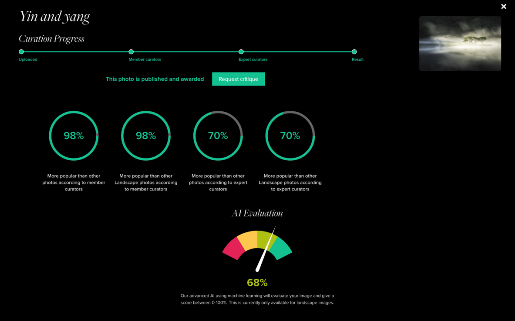
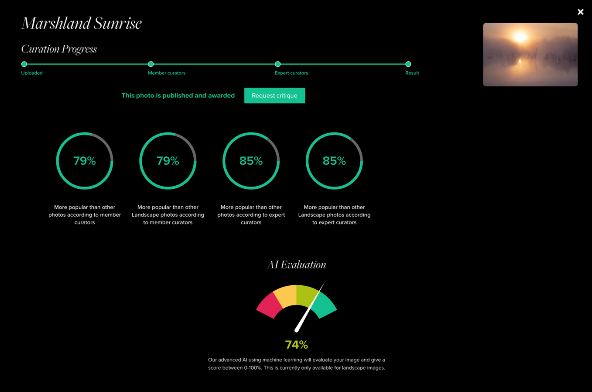
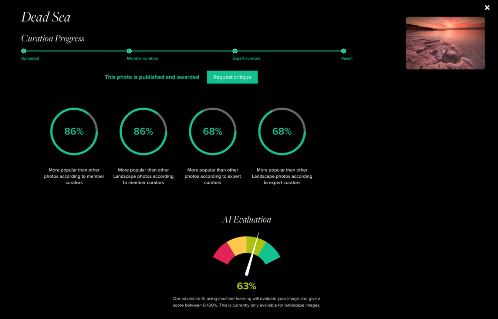
1x.com AI evaluation result – a seascape image.
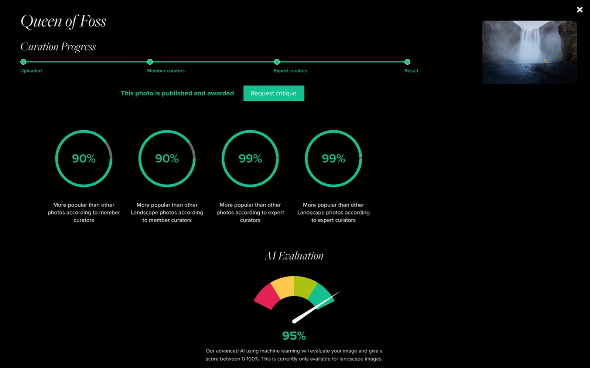
1x.com AI evaluation result – a waterfall image.
 | Write |
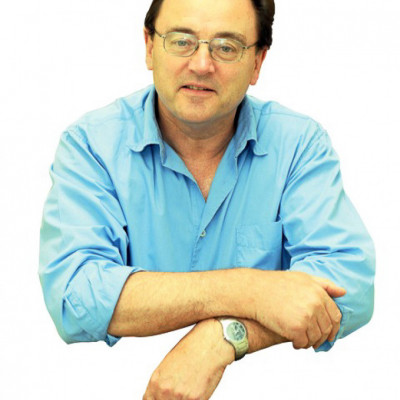 | Tony Galvin PRO |
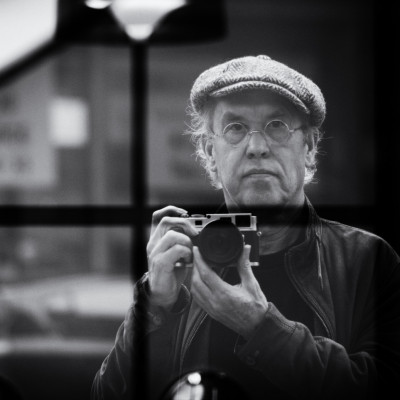 | Hans Martin Doelz CREW Thank you for all your comments so far. I'm curious to see how AI will evolve here at 1X in the future. Lately I've been reflecting that the photos featured here are unrelated to the photographer at the time of curation (at least among the members, the head curators take the author into account). Well, that can be an advantage when someone rating a photo doesn't know who the photographer is. But that is not that easy. There is always a connection between a photo and the photographer. Manfred Mueller mentioned Andreas Gursky. Two of Gursky's earlier works immediately came to my mind, Gaskocher (1980) and Meerbusch (1988). I think both photos would have garnered very little popularity among 1X members. And I don't think the members voted to publish the photos. Well, the "Meerbusch" could already be evaluated by AI, it's a landscape photo. It would be interesting to see the result here.
On this topic, I would be interested to know whether there are any plans to take the photographer's name into account when the AI evaluates a photo. AI could evaluate the photo in the context of the author's portfolio.
Maybe that would raise the popularity concerning Gursky's two images.
And maybe the "Meerbusch" would have been published by AI by knowing the name of the author.
The links to the Gursky photos:
https://www.andreasgursky.com/de/werke/1980/gasherd
https://www.andreasgursky.com/de/werke/1988/krefeld-acker
I would also like to add that all creative work starts with an idea. I doubt that AI can take into account whether the author of an image had a great idea or whether he just made a reproduction of a photo that has already been taken by thousands of other photographers. Gursky's gas cooker was definitely not a reproduction of a photograph seen thousands of times and if you look closely at the Meerbusch there are some features that make the picture unique.
Good light, Hans-Martin
|
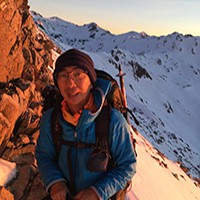 | Yan Zhang CREW Dear Hans, I think you made a very good point whether AI should make a connection between a photo and the (author) photographer's profile. This can be something we may study.in the future. During AiCUS development, we have specifically tried to avoid the simple "popularity" criterion, so in our dataset, we have very mixed sources - 1x photos, other curated photos, as well as well known photographers' representative works, etc. Discovering some unique feature from a photo will be a major challenge for our AI curator in the future development. |
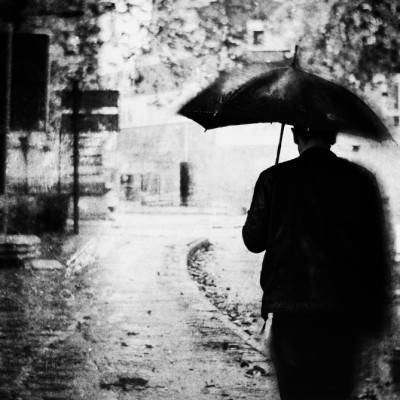 | Adam Dauria ☂ PRO It’s a fascinating technology, but still pointless. AI could help humanity solve many problems so I am open for such innovations. But here at 1x, as an artist who seeks inspiration from other artists, I rely on feedback of experienced human photographers. Getting a nice comment from an artist that I admire is way more meaningful to me than a pointless score from an AI, regardless how good it works and how much it could improve in the future. |
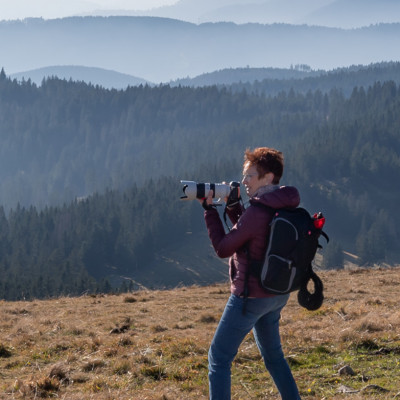 | Ulrike Leinemann PRO My background is science. I love technology and am intrigued and fascinated by new things. That is also true for AI. I think there are a lot of tools that have been greatly improved using AI. In a lot of these cases the application is technical - things that can be calculated. Asking an algorithm to calculate what is "a good photo"? hmmmm.... I strongly believe that 1x.com is a good site to HELP AI DEVELOPERS TO IMPROVE. But not the other way around. At the current state, the AI simply does not know what a "Good image" is. An example: I have an image with 93% and 95% rating and the AI places it at 3%. SO: it is dumb. However, as a help for the developers it would be interesting to see the progress. However, I wonder whether 1x.com puts effort into the right things. Over the last year there were a lot of changes on this site and not all for the better. Statistics were dropped. Categories were dropped. Activities are dropped (which galls me a lot - how can I hone my curation skills if I cannot see which images were judged correctly or incorrectly by me? Isn't that one of the most important features of this site???) And the interface both on a computer or on the mobile can need some real enhancements. Isn't that something that ups the value of this site more than a fancy useless AI rating? |
 | Yan Zhang CREW Hi Ulrike, I must admit that the current AiCUS is not perfect of course, everyone can find some instances that their photos received high scores from human curator but low score from AI, and the other way around too. But I should tell people that our training data contains almost half millions photos, and AiCUS currently achieves about 70% accuracy compared to 1x human curator's results. As an AI system, it always takes Big Data in its training, and during this process, blind points will be there, and for that AI may produce wired results. But as time passes by, AI curator will continue learning, and such learning potential is somewhat unlimited from our human's capacity. |
 | Ulrike Leinemann PRO Hi Yan, I 100% agree with you. 1x is definitely a great and constantly growing database of humanly curated images, so it is the ideal playground for an AI to learn. Of course it is not ideal right now but as I said: I'm interested in seeing its abilities increase. What I object to is that at the same time when 1x is giving an algorithm the chance to learn it takes that chance away from the human curators by cancelling vital tools like statistics and activities. I love 1x and have invested a lot of time and effort in this site. I am concerned where it is headed towards. |
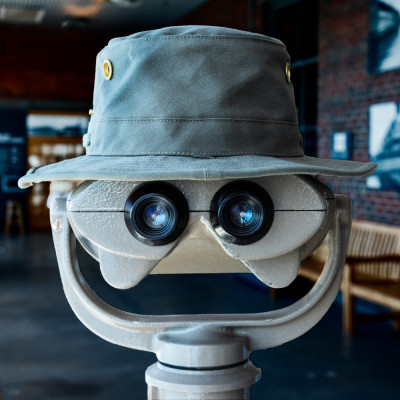 | Manfred Mueller Yan - I find the article both interesting and somewhat troubling because of trying to define what a strong image is, and that depends on the a lot of factors. I suspect a lot of highly regarded contemporary images like Andreas Gurskl's well known Rhein II or some of Edward Burtynsky's altered landscapes would score poorly under the AI system you are using here.
I work in both traditional as well as contemporary photography. Traditional images, as we tend to see here at 1x.com are not generally well received in the contemporary fine art circles. The aesthetics are quite different, just as they are in other art genres. Someone who really likes blues music is unlikely find the aesthetics of a Wagnerian opera appealing, yet both could be viewed as "good music".
With AiCUS a 1x.com member curator might think an image is wonderful, someone who is looking at from a different point of view may disagree. How can we reconcile these complex interrelated issues? |
 | Yan Zhang CREW Hi Manfred, thanks for your thoughts. I agree that is is quite vague when we say an image is good or bad. How can we teach AI which image is good or bad, it is really depending on how we feed AI our training data. In AiCUS development, we have tried hard to not only use 1x images (where published/rejected label is attached to each image), but also to combine many well-known photographers' works, in this way, we can create a wide spectrum of photography aesthetics criteria that AI can learn from. So, to put it in this way, AiCUS is like a young curator, as time passes by, he will learn more about our human's aesthetics, not simply stick on certain fixed rules. |
 | Manfred Mueller |
 | Yan Zhang CREW Dear all,
Thanks for your valuable comments, and I am glad many people are interested in this new AI application. Let me provide you some background information and our current AiCUS on 1x.
(1) AI curator is a very new research field, some initial and original research using Deep Learning technology just started in 2015, In a bigger picture, AI in Art is a very active and promising area, and AI curator is part of this area. People may like to read this article for a general introduction:
https://www.dailyartmagazine.com/ai-in-the-art/
(2) As Ralf said, the AI score does not play a role for a photo to be published or rejected.
(3) Some people mentioned that we can use AI to initially screening out those "poor" images, but should not use it select "high quality" images. In fact, from a technical viewpoint, recognising "poor" images is the easiest part for developing an AI curator. But this actually is not the purpose of AI curator. The ultimate goal of AI curator is to understand and to get close to our humans aesthetic sense in photography.
(4) We all know that AiCUS is not perfect of course. But the potential of AiCUS is great, as it can continuously learn from our human aesthetics, and automatically improve itself.
Have a good weekend. |
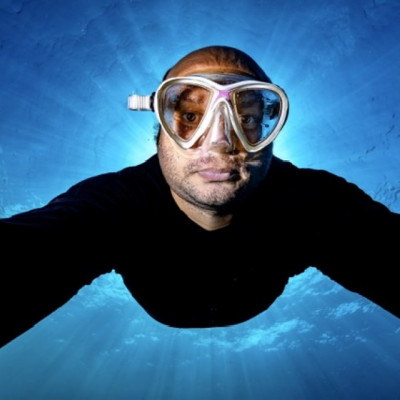 | Serge Melesan PRO I have a question how you AI feel a time of a season, a foolish creativity like Andy Warhol was, like Da Vinci was ? What is the part of humanity and foolish in this can you simulate it ? It’s a real question and even if I understand that a computer can curate pictures from past what about new creativity, new inventivity, new perception, new feelings ? For me what it’s great it’s to touch feelings, perceptions… |
 | Serge Melesan PRO Not to respect rules. Photography is also a way to be out of boundaries, out the rules when the AI will stay in. Is the computer can simulate the complexity of my feelings at a moment. Is,the IA can understand why people are masked during covid, the emotion and fragility during war.… ? I am a discreet guy but this subject is really interesting for me cause it’s all about the future of art music, painting, photography etc… from photo contest what I understand it’s you have to respect the rules till you have to transcend the rules. But I really love the subject and want to learn more of it |
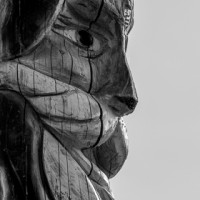 | Aguaneigra PRO Here is an example of a serious error https://drive.google.com/file/d/1HkdbAjBhTHcg_rZE33M-y1yUo1eQD9Ox/view?usp=sharing |
 | Aguaneigra PRO According to my humble opinion the AI could help 1x in a first rough selection of photographs, but not to choose the potentially good ones, but to discard the definitely bad ones, i.e. those with "defects" that could not be accepted by an experienced curator, even for this type of selection would serve the 'learning, but could not cause serious errors in important and valid shots. I hope you understand the concept
Translated with www.DeepL.com/Translator (free version) |
 | Yanyan Gong PRO This is very intriguing, I look forward to trying out AiCUS! Thank you very much for this educational article! |
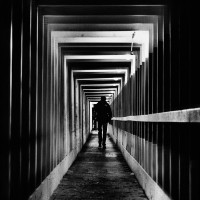 | Ariel Ariel Congratulations to 1X on being the first photography website to have an AI-curator! Kudos to the team who has put this together - it is a lot of work!
Because I am a scientist by profession, it impresses me to see this *hot* (a.k.a. state-of-the-art) technology being embraced by the artistic applications. But it crushes my artistic soul. To me, 1X is more than just an artistic application. It is by far one of the most authentic photography curation websites that I have come across, and that's why I have stuck with it for almost a decade now. It deserves the credit for this feature, but I hope it does not get pushed too far. It's really debatable how reliable the AI-estimate will be (and thanks Ralf for not letting it decide the outcome) but like the way any Machine Learning algorithm works, the more image it gets fed, the better it gets.
There is a lot of amazing things AI is doing in saving the humanity, but if not used with caution, it can lead you south. Scientific advancements always come with its double-edged sword. I can only hope that 1X uses it with caution and does not let AI be the judge of human subjectivity. Being one of the leading photo curation websites comes with some responsibilities? Trust me, there is a lot of other things you can use AI to make this website efficient, but curation? I will take it with a pinch of salt. |
 | Yvette Depaepe CREW Thanks for your scientific approach and opinion, Ariel. Good to read some strong arguments between the lines. Cheers, Yvette |
 | Pierre Desautels PRO I agree 100% with this |
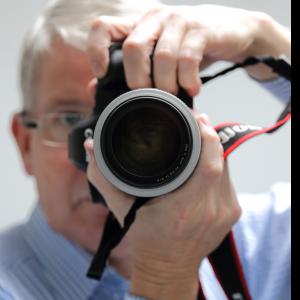 | Wicher Bos CREW Thanks prof Zhang, I am very curious about this experiment and how AI will influence photography in the future… that it will is undisputed for me… and yes humans remain relevant… readingand living the Zeitgeist … |
 | Petar Boskovski From the best curators photography site.... |
 | Petar Boskovski Disaster.... |
 | Serge Melesan PRO Totally agree 👍 |
 | Abbas Ali Amir PRO I am all for leveraging new technologies for the betterment of humanity, art etc. But I fail to understand how this technology could be impactful to either the website, curators or even the participating artists? Or is it just a cool new feature we want to show on the dashboard? |
 | Serge Melesan PRO 🤔🤔🤔 interesting technic after algorithms that rules some apps here the moment the machine will rule our taste but Art is art for me it’s this illogical things, the unexpected that make art. Next step welcome to Skynet… |
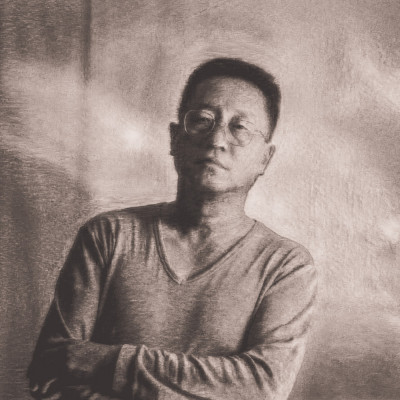 | Linli Wang PRO That is to say after the machine to replace the curator? |
 | Ralf Stelander FOUNDER Hi Linli, we have no such plans, the AI is just another way to evaluate photos and an extra feedback to photographers. It's not part of the decision process when publishing and rejecting photos in any way. |
 | Filiberto Galli PRO Make art for people, not for machine |
 | Ray Fritz PRO But why on earth would you want to use this? The beauty of 1x is people reacting to other people’s artwork. Automating this process just makes it hollow and soulless. It is very interesting as a novelty but I cannot see what real value it adds. |
 | Ralf Stelander FOUNDER Hi Ray, our AI is a new way to evaluate photos and an extra feedback to photographers. It's not part of the decision process when publishing and rejecting photos in any way. It's a really fascinating technology. |
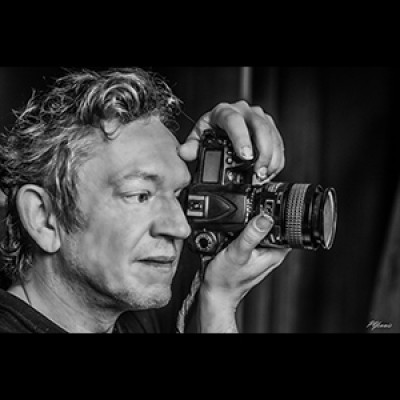 | Pascal Yennis PRO I am rather "new" here ... casual pro member - as many I assume - sometimes looking for that additional look and recognition here. In my other real life, I work in IT
I find this feature interesting as an additional way to look at what I share here, also bearing in mind that the social networks that we all use already implement similar features, sometimes to filter our shared images, shadowban or enhance the visibility according to what people tend to react to. This 1x initiative that tries to get a leaning process from human curators looking at it with an artistic view is rather unique and interesting development |